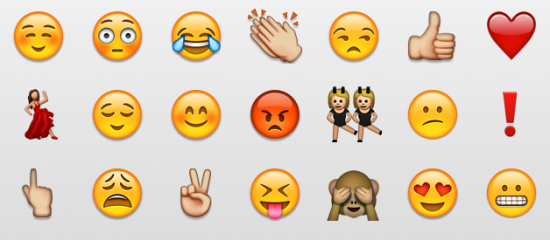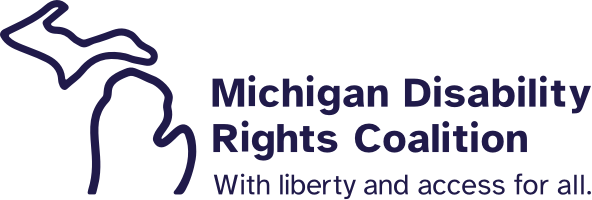A Piece of Candy or a Fish Cake? Up for Interpretation!
Thursday, April 27, 2017

 By Jen Gosett, BS, CTRS, MATP Staff
By Jen Gosett, BS, CTRS, MATP Staff
Let’s set the record straight, is it “Emoji” or “Emojis”? Merriam-Webster tweeted that it’s both and defines Emoji or Emojis as, “small images, symbols, or icons used in text fields in electronic communication (as in text messages, e-mail, and social media) to express the emotional attitude of the writer, convey information succinctly, communicate a message playfully without using words, etc.” I really enjoy using Emoji and Emojis! I use them daily in text messages, facebook posts & comments, and sometimes in emails. I feel I’m able to express a little more of my own meaning when I text a sarcastic message to a friend and include a winky face with it.![]()
I know how I interpret Emojis, but (as with many things) how others interpret them can be very different. National Public Radio’s (NPR) article, Lost In Translation: Study Finds Interpretation Of Emojis Can Vary Widely, states, “Emojis were supposed to be the great equalizer: a language all its own capable of transcending borders and cultural differences. Not so fast, say a group of researchers who found that different people had vastly different interpretations of some popular emojis. For example, the researchers found that when people receive the ‘face with tears of joy’ ![]() emoji some interpret it positively, while others will interpret it negatively.”
emoji some interpret it positively, while others will interpret it negatively.”
Emojis can be a visual representation of something, and by use of screen readers/VoiceOver, they can also be something we digest audibly. Screen readers/VoiceOver may interpret an Emojis differently than we do. For example, the ![]() emoji represents something that means “excellent” to me, but when I use voice over, my iPhone calls it the “okay hand”. Though ‘excellent’ and ‘okay’ are two, typically positive responses, they can always be interpreted differently based on the sender, receiver, situation, etc. Side note: many of us type a word and then insert an Emoji that represents that word right after it. When a screen reader/VoiceOver reads this, it’s read as double. For example “french fries
emoji represents something that means “excellent” to me, but when I use voice over, my iPhone calls it the “okay hand”. Though ‘excellent’ and ‘okay’ are two, typically positive responses, they can always be interpreted differently based on the sender, receiver, situation, etc. Side note: many of us type a word and then insert an Emoji that represents that word right after it. When a screen reader/VoiceOver reads this, it’s read as double. For example “french fries![]() ” is read as “french fries french fries”.
” is read as “french fries french fries”.
When in doubt about what a particular Emoji means, I’ve found that the Emojipedia site can be helpful. Once on the site, users can type in what we’re wondering about. For example, I’ve been using what I thought was an Emoji that represented a piece of candy for a while now. It has a pink swirl on it so I searched for “pink swirl”. The result that was returned informed me that the Emoji I had in mind![]() actually represents a “Fish Cake with Swirl: A fishcake (or fish cake) that is used in some Asian meals, known as Narutomaki in Japanese. Each slice includes a spiral design for visual flair.” A fish cake is definitely different than a piece of candy and its Emoji symbol is still very much up for interpretation!
actually represents a “Fish Cake with Swirl: A fishcake (or fish cake) that is used in some Asian meals, known as Narutomaki in Japanese. Each slice includes a spiral design for visual flair.” A fish cake is definitely different than a piece of candy and its Emoji symbol is still very much up for interpretation!

